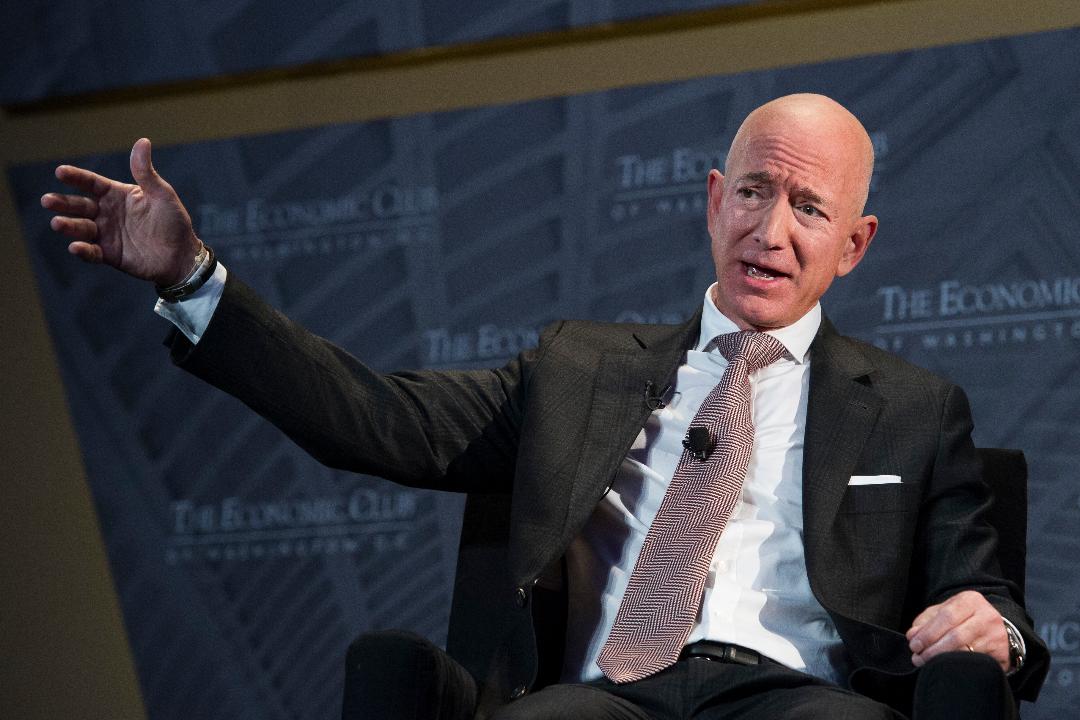Why Amazon gas stations make alot of sense
What if Amazon makes a push into the world of gas stations?
Omnichannel retail has the potential to drive big gains for e-commerce companies, as it taps consumers on multiple fronts and provides them with an integrated shopping experience.
There's no rocket science behind this concept. Suppose your car is low on gas and you have to make a run to the gas station. Wouldn't it be great if you could order groceries on the Amazon smartphone app and pick them up at an Amazon gas station?
| Ticker | Security | Last | Change | Change % |
|---|---|---|---|---|
| AMZN | AMAZON.COM INC. | 207.89 | +2.15 | +1.05% |
Well, that's something the e-commerce giant should look at, according to investment banking firm D.A. Davidson...
Why gas stations?
Bloomberg reports that D.A. Davidson analyst Tom Forte believes that the addition of gas stations would give Amazon "thousands of commercial locations to advance its delivery efforts," as well as help the company generate revenue from gasoline sales. This looks like a win-win move for Amazon, which should be looking for ways to open more physical locations in addition to its Whole Foods Markets, its cashierless Amazon Go Stores, and the places where it has delivery lockers.
IDC Retail Insights shows that retailers that take an omnichannel (online and offline) approach witness a 15%-35% hike in their average transaction size, a 5% to 10% jump in profitability from loyal customers, and 30% higher customer lifetime value compared to single-channel retailers.
Another study, also reported by Shopify, has found that companies employing a solid omnichannel retail strategy enjoy an impressive 89% customer retention rate, compared to just 33% for those who don't.
A move into gas stations could also have far-reaching consequences for Amazon in emerging markets like India, where most of the population resides in rural areas.
The foreign picture
Amazon can boast of short shipping times in developed countries such as the U.S. thanks to a solid delivery infrastructure, but the same cannot be said about emerging markets. Standard delivery times in India can sometimes go up to 10 days, while delivery times aren't expected to exceed five days in the U.S.
Then there's the challenge of weak internet penetration. World Bank data indicate that rural areas contain two-thirds of the Indian population, but only 18% of the people in these areas have access to the internet. That's why Amazon has been busy recruiting mom-and-pop stores in villages as agents who can spread awareness about online commerce, take orders from the local population, and also make deliveries.
CLICK HERE TO GET THE FOX BUSINESS APP
Now, just about every village in India has a gas station in its vicinity, so it would make a lot of sense for Amazon to deploy this concept in such a market. In this way Amazon could catch the growing trend of online shopping in a key market where 41% of online shoppers live in small towns.
In the end, the gas station concept could work wonders for Amazon in both developed and emerging markets. So it wouldn't be surprising to see the company actually testing it out.
10 stocks we like better than Amazon When investing geniuses David and Tom Gardner have a stock tip, it can pay to listen. After all, the newsletter they have run for over a decade, Motley Fool Stock Advisor, has quadrupled the market.*
David and Tom just revealed what they believe are the 10 best stocks for investors to buy right now... and Amazon wasn't one of them! That's right -- they think these 10 stocks are even better buys.
Click here to learn about these picks!
*Stock Advisor returns as of November 14, 2018
John Mackey, CEO of Whole Foods Market, an Amazon subsidiary, is a member of The Motley Fool’s board of directors. Harsh Chauhan has no position in any of the stocks mentioned. The Motley Fool owns shares of and recommends Amazon and Shopify. The Motley Fool has a disclosure policy.
